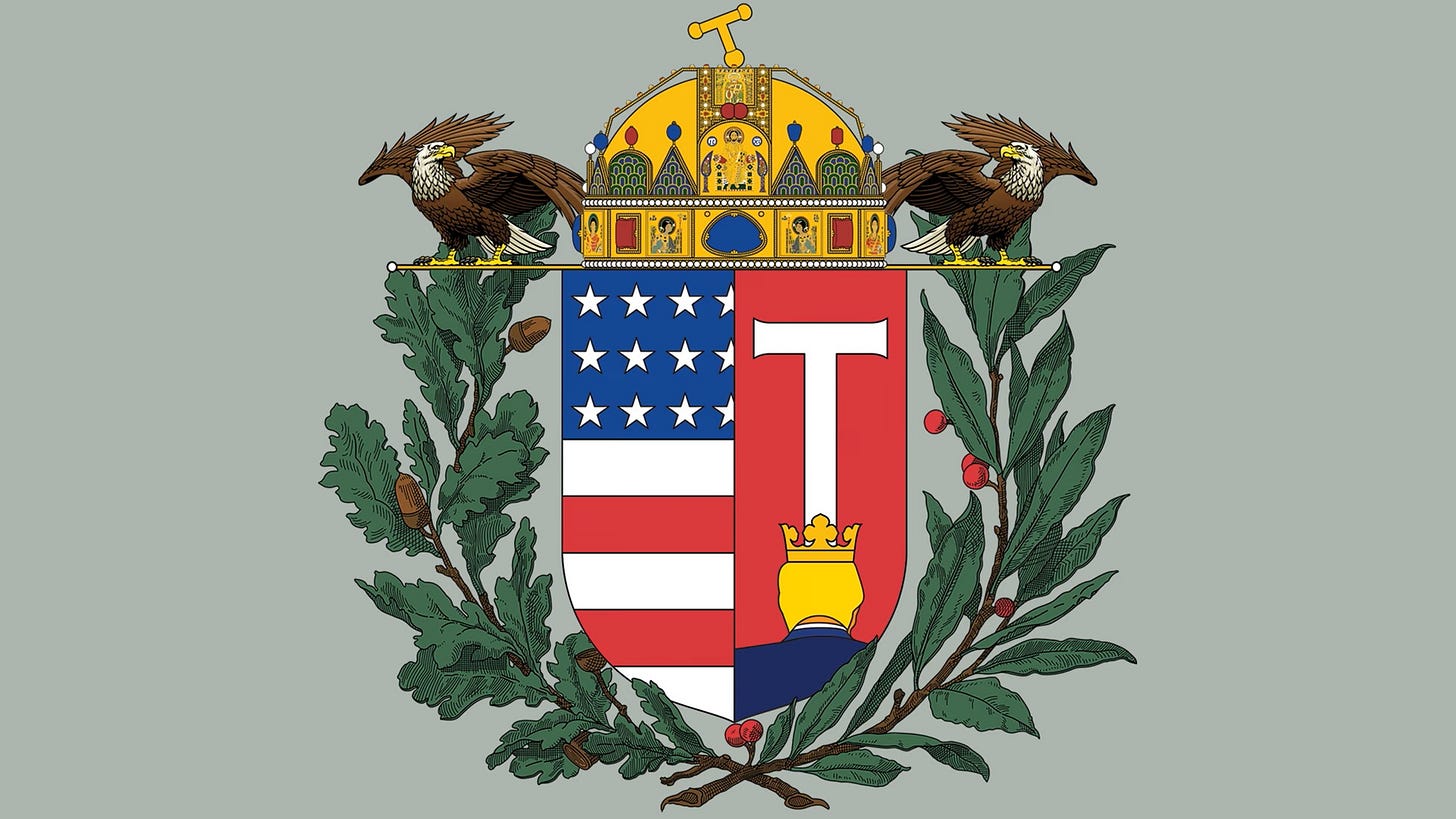The Hungarian Model
The corruption and stagnation in our future
If anyone had been placing bets back in 1989, trying to guess which Warsaw Pact state would emerge most rapidly and successfully from communism, most of the money would have been on Hungary. Thanks to a regime that began experimenting with economic liberalism in the 1980s, Hungary was known back then as “the happiest barrack in the socialist camp.” In the 1990s, Hungary’s educated population, rapid privatization, great architecture and decent food meant that Hungary attracted a disproportionate amount of foreign investment, given its small size.
But now its the 2020s, and Hungary is bumping along at the bottom of many indexes instead. As I wrote in the Atlantic ,
Hungary is now one of the poorest countries, and possibly the poorest, in the European Union. Industrial production is falling year-over-year. Productivity is close to the lowest in the region. Unemployment is creeping upward. Despite the ruling party’s loud talk about traditional values, the population is shrinking. Perhaps that’s because young people don’t want to have children in a place where two-thirds of the citizens describe the national education system as “bad,” and where hospital departments are closing because so many doctors have moved abroad. Maybe talented people don’t want to stay in a country perceived as the most corrupt in the EU for three years in a row. Even the Index of Economic Freedom—which is published by the Heritage Foundation, the MAGA-affiliated think tank that produced Project 2025—puts Hungary at the bottom of the EU in its rankings of government integrity.
The explanation for this decline isn’t hard to find. In the name of fighting fictional immigrants, the Hungarian prime minister, Viktor Orbán launched a fourteen year assault on his country’s institutions:
[He] slowly replaced civil servants with loyalists; used economic pressure and regulation to destroy the free press; robbed universities of their independence, and shut one of them down; politicized the court system; and repeatedly changed the constitution to give himself electoral advantage.
And then - surprise! Without checks and balances, without transparency and journalism and the rule of law, Hungary first became corrupt, and then poor. Although Orbán talks a lot about “the people,” he has used his near-absolute power to enrich a small group of wealthy businessmen, some of whom are members of his family. Corruption has cost Hungary EU funding and foreign investment. It also means that some twenty percent of Hungarian companies operate “not on market principles, not on merit-based principles, but basically on loyalty.”
These companies don’t have normal hiring practices or use real business models, because they are designed not for efficiency and profit but for kleptocracy—passing money from the state to their owners.
Why does Hungary’s trajectory matter? Because the United States is now on it. From Donald Trump to Steve Bannon to Tucker Carlson, multiple MAGA figures have praised Orbán, praised Hungary, or visited Budapest themselves. Kevin Roberts of the Heritage Foundation, notwithstanding his own institution’s negative analysis of Hungarian governance, has called modern Hungary “not just as a model for modern statecraft, but the model.”
All of them want autocratic rule so that they can keep power indefinitely. But sooner or later, corruption and stagnation will follow. If Hungary is the future, it’s grim.
Keep reading with a 7-day free trial
Subscribe to Open Letters, from Anne Applebaum to keep reading this post and get 7 days of free access to the full post archives.


